6 Key Elements of Great Landscape Photographs
No matter the genre, many photography instructors would argue that there are several fundamentals important to all types of photography.
Some of these fundamentals might include the use of light, color, composition, movement in the moment, and positioning.
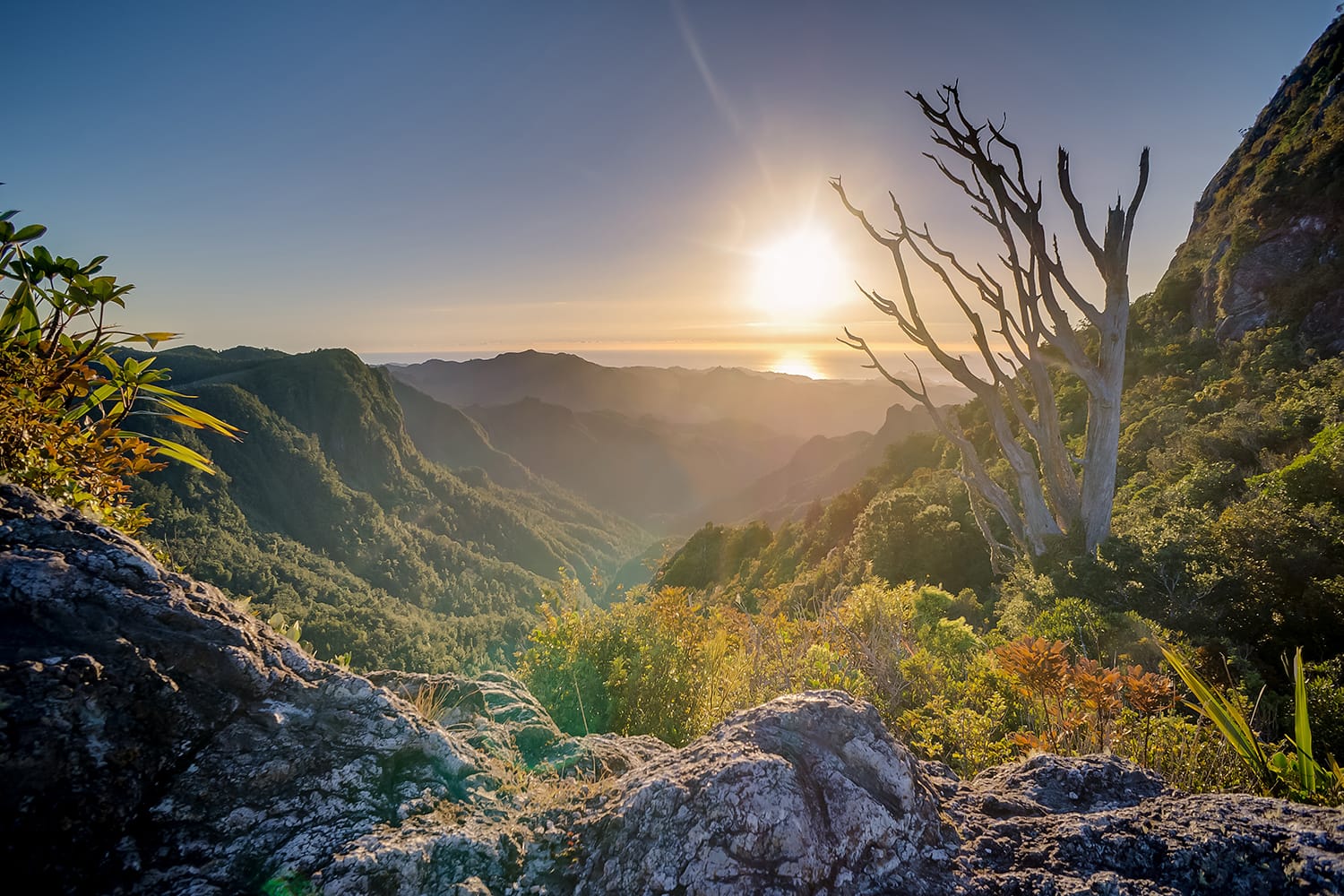
While it’s true that these concepts are critical to consider when shooting landscapes, landscape photography is a beast all on its own, too. Other fundamentals photographers will need to consider to end up with stunning landscape shots include:
- The most appropriate gear for landscape photography
- Composition of vaster subjects such as mountains, forests, and the sky
- Nailing your camera settings for the best shot
- Seeking out movement and moments in otherwise still scenes
In this tutorial, let’s cover some of these fundamentals in greater detail by discussing a brief list of a good landscape photograph’s key elements.
1. The sky is key
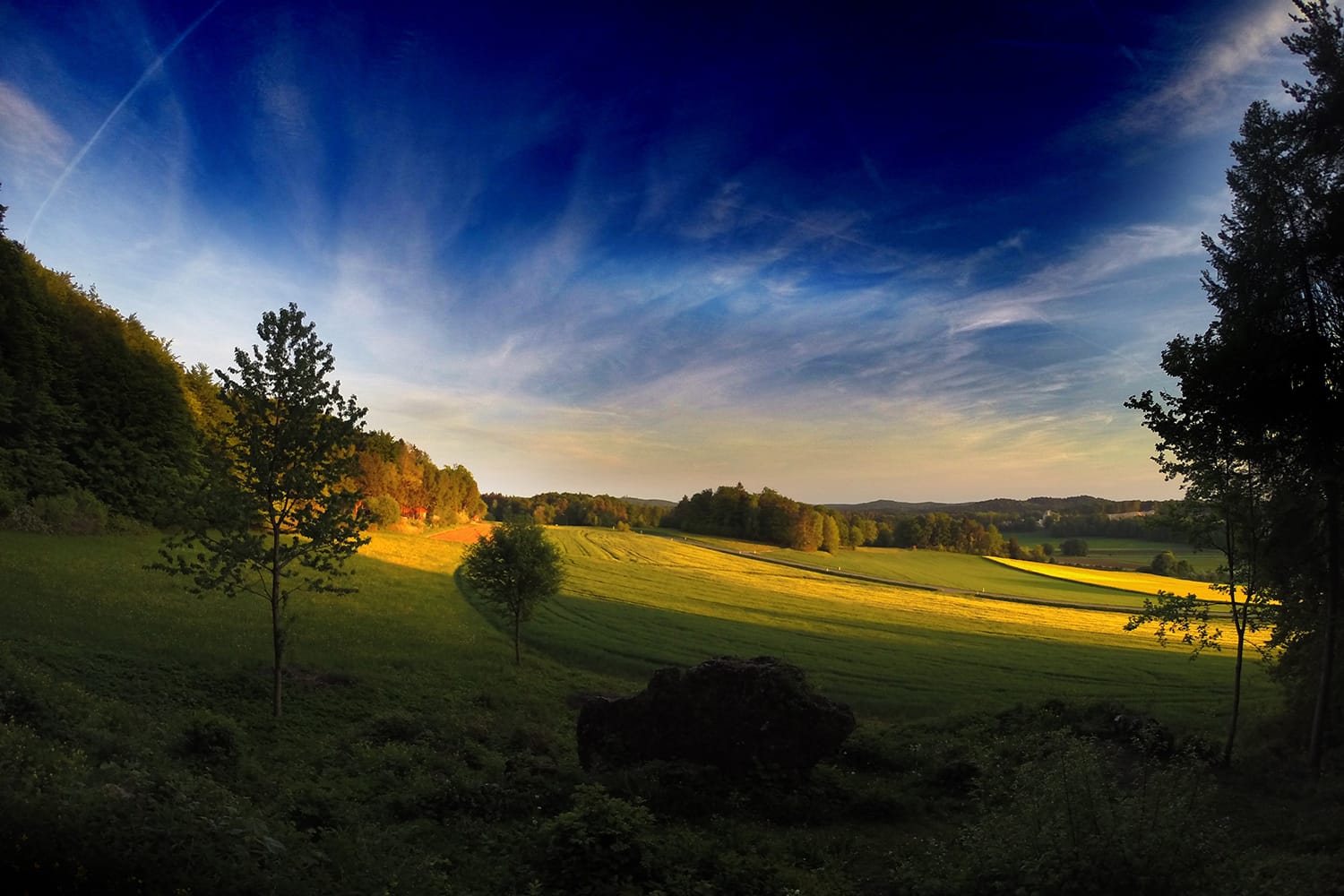
So often, we forget to give the sky equal attention during our landscape shots, but you’ll struggle to find much landscape photography that lacks the sky as one of its significant elements. In many landscape shots, the sky is actually the star of the photo, so don’t underestimate its importance and inadvertently eliminate a fundamental piece of your shot.
To give the sky the attention it deserves while also enhancing the quality of your landscape shots, aim to shoot the most interesting skies. Just before a storm, when dark storm clouds are rolling in, play around with the composition of your landscape shots to capture more or less of that foreboding sky. Take note of how drastically it can shift the mood of your image!
2. Find a focal point
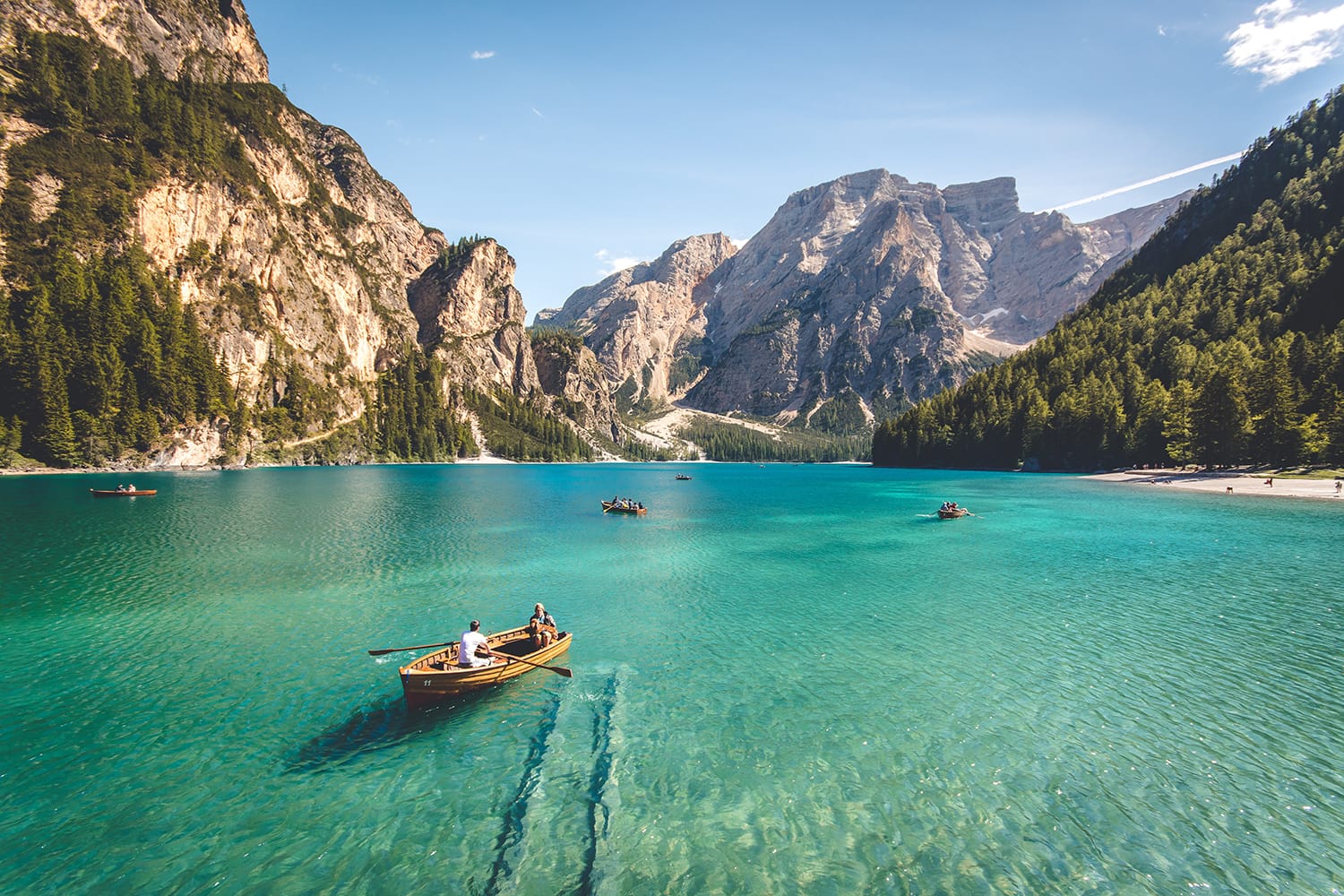
Huge landscape photos shot with a wide-angle lens from a great distance can be incredible. However, they can also be overwhelming, particularly when there is so much within a single photo to take in that we don’t know where to focus our attention first.
Sure, this kind of picture can fantastically capture the vastness of the landscapes around us, but there’s a more strategic way to do this, too.
Anchoring your shot with a focal point provides an immediate draw for the eye. It adds interest to your photo and eliminates confusion when a viewer is faced with too much to take in at once.
Still want to emphasize just how huge that redwood tree is? Or capture the impressive height of that snowy peak?
Use your focal point to double as a sense of scale. Your viewers will get the idea without the added confusion.
3. Capture movement
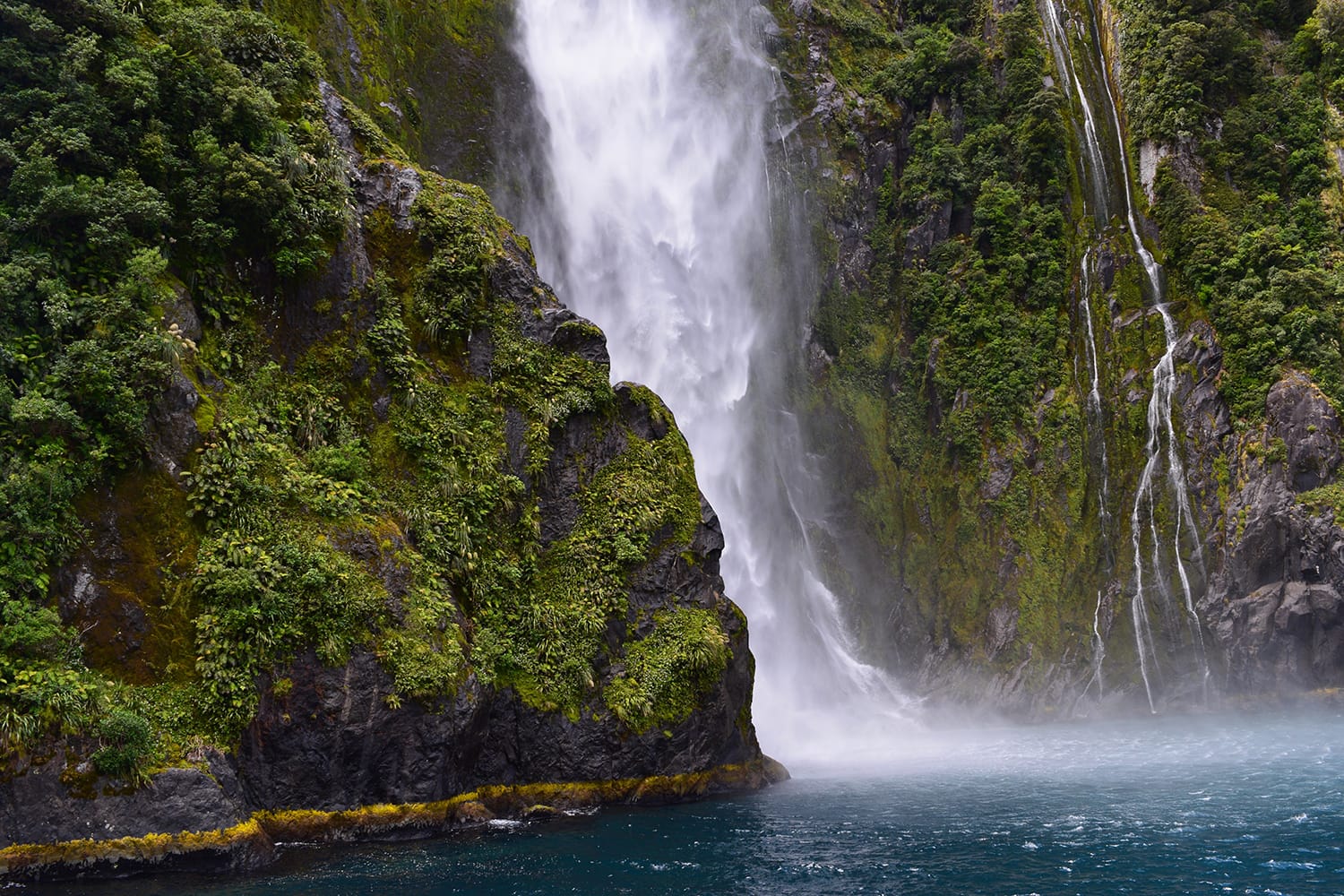
Depending on the landscape we’re shooting, we run the risk of shooting scenes that appear stagnant or lifeless. Just because we are photographing a mountain range or a gaggle of trees in the forest, for instance, doesn’t mean that there’s no movement within the scene for us to capture!
There is much more movement within landscapes than we typically imagine. Animals leap to life amongst the brush, the wind carries leaves and tree branches on their miniature journeys, and water flows across waterfalls or swirls in streams.
Finding these treasured moments of movement is essential to bringing life to your landscape portfolio. For example, try photographing water with long shutter speeds to create a smoothing effect, or use shorter shutter speeds to preserve the movement of birds soaring through the sky above the horizon.
4. Patience is a virtue
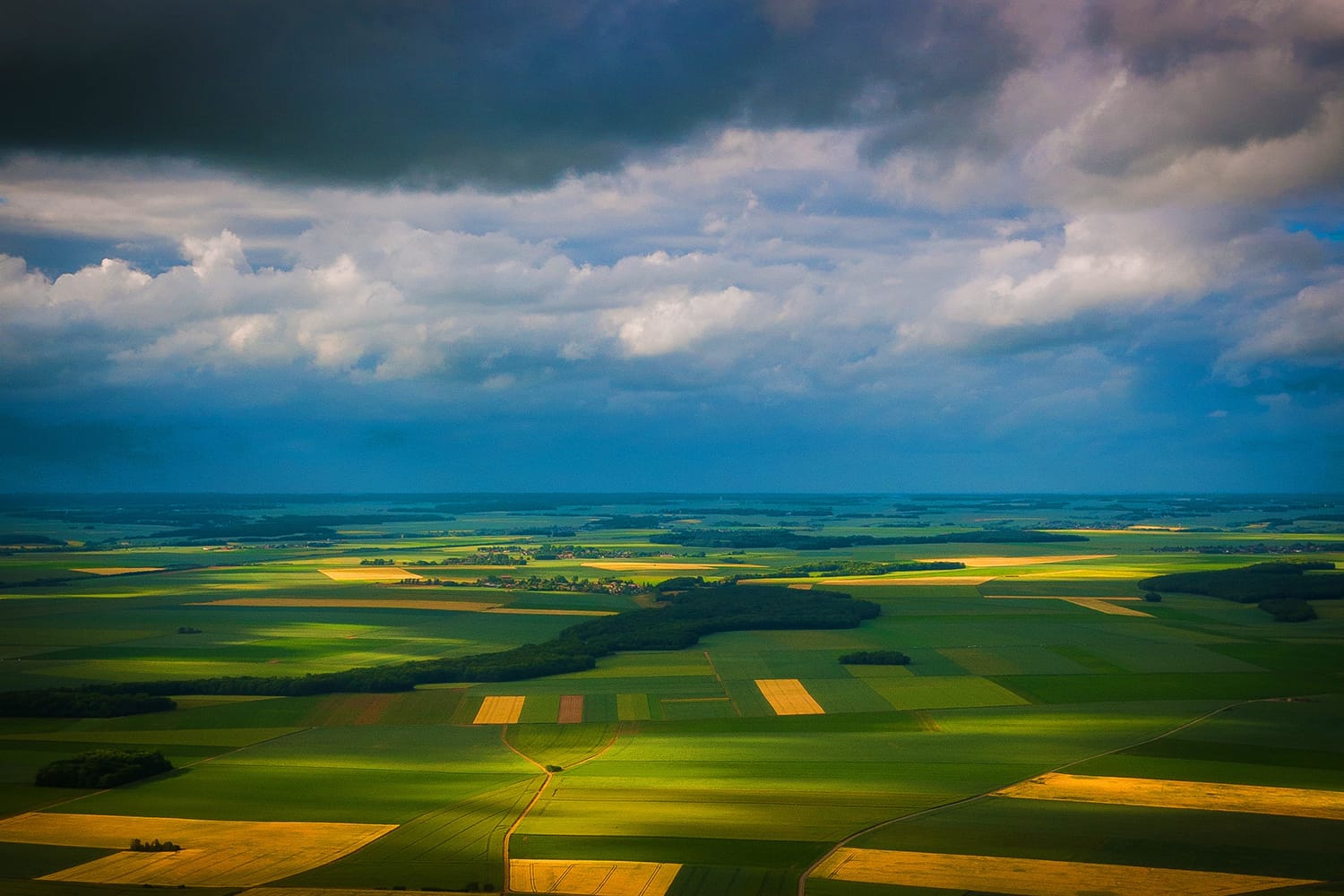
National Geographic, a repository for some of the best nature photography and landscape shots the world has seen, points out some excellent advice for landscape photographers who time and time again find their shots falling flat.
While picking and choosing physical elements to include as fundamentals within your portfolio is essential, there’s another piece of the landscape photography puzzle that many of us fail to consider: patience.
Timing is everything, making patience one of the best things we can bring to our landscape photos. For example, waiting until a certain time of day to achieve warm lighting at the perfect angle can make or break the essence of an otherwise still shot – think mountain slopes or canyon walls.
5. Choose the right gear
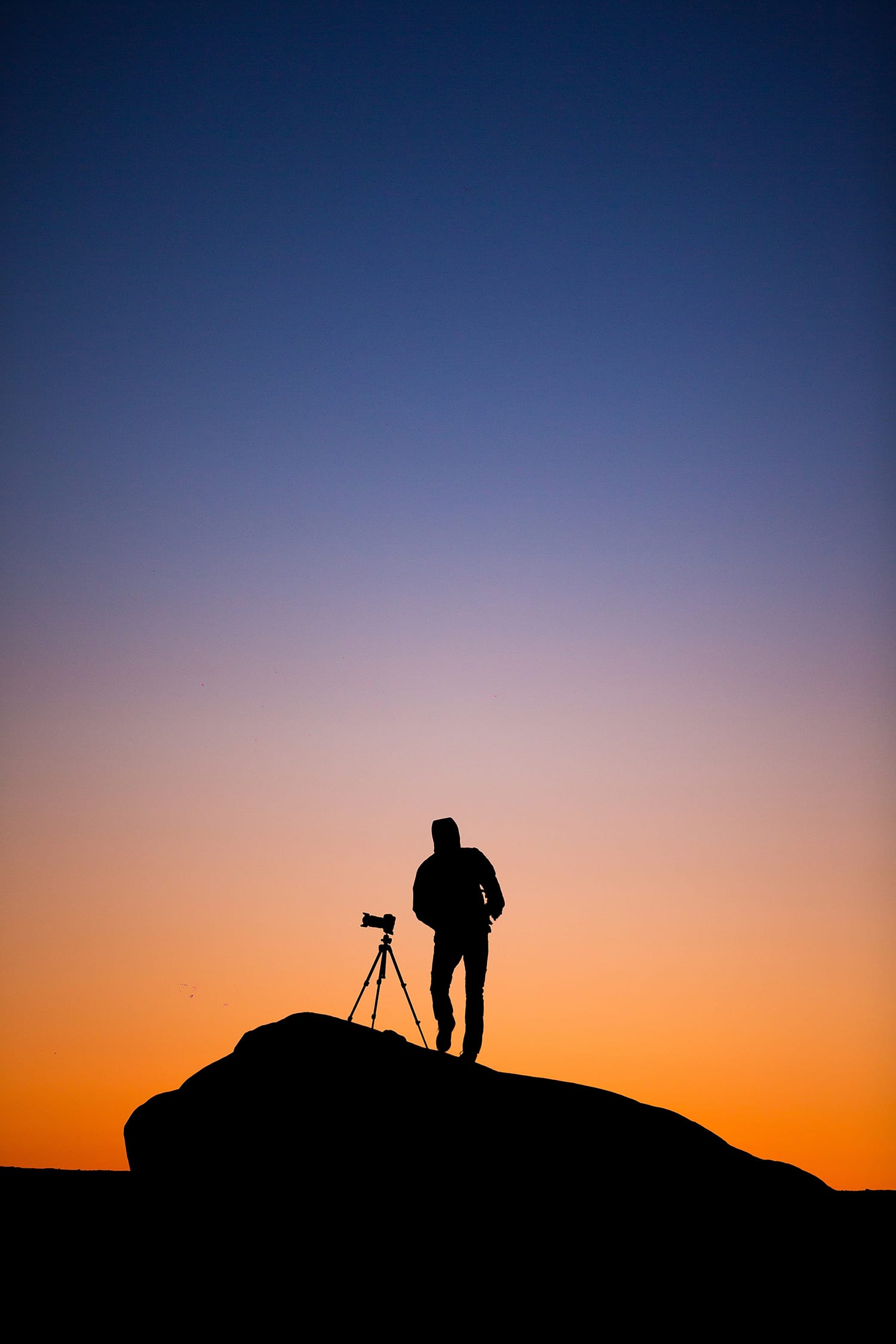
One part of a photograph that many of us forget to credit is the array of gear that brought the photo to life in the first place! Like other genres of photography, landscape photos will majorly benefit from the careful and intentional choice of equipment.
In landscape photography, it’s less about the camera and more about your accessories. For example, you’ll want to take advantage of wider lenses to widen your frame and expand your opportunities for including an impressive horizon in your shot. A reliable tripod is a must, too! Why not also throw a few ND filters in your camera bag as well?
And, while this final point isn’t exactly about gear – we’re including it here because it’s a matter of knowing how to use the gear you have. Increasing your depth of field by setting a smaller aperture can make all the difference in the appearance of your landscape photographs.
6. Don’t let composition fall by the wayside
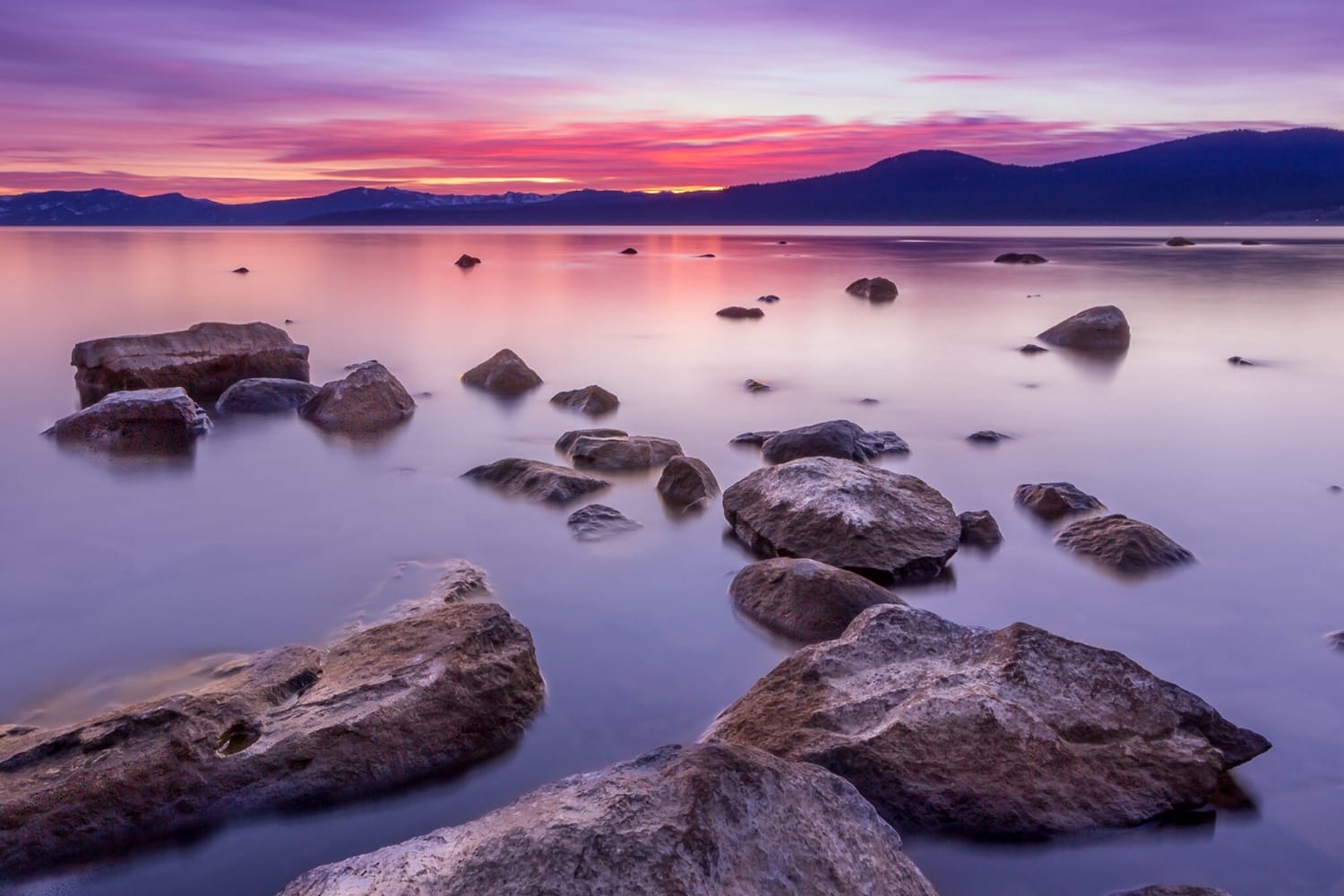
Landscape photography is no different from other types of photography. In essence, composition is always going to be a vital element of a photo, whether that photo is of a stunning vista or the family dog.
Aside from keeping basic principles of composition in mind (think the Rule of Thirds), don’t forget to consider basic elements of composition that serve as “building blocks” to create a larger picture.
Be conscientious, for example, of carefully using elements such as lines, curves, patterns, frames, shapes, and textures to contribute to the quality of your image.
By taking these fundamentals into account, it quickly becomes apparent that landscape photography means more than just snapping some quick shots of scenery. Indeed, there’s an art to nailing the perfect landscape shot, and these essentials will help you to achieve that level of expertise more successfully.
It’s okay if every fundamental doesn’t make it into your shot, though!
Remember that each photo is unique and will tell its own story. Not all of these tips & tricks will be applicable for each shot, so don’t stress too much. Instead, use these elements as overall guidelines to apply to your body of work, and you’ll quickly see some drastic improvement.
